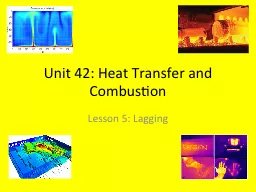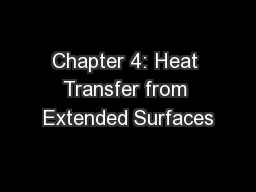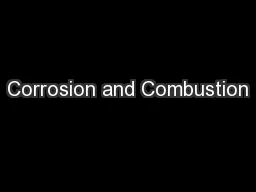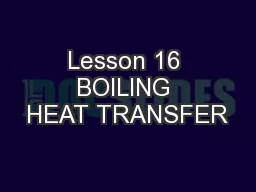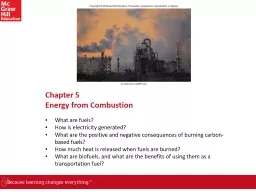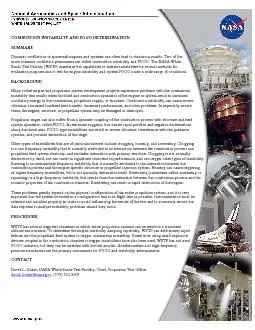PPT-Unit 42: Heat Transfer and Combustion
Author : lois-ondreau | Published Date : 2016-10-20
Lesson 5 Lagging Aim LO1 Understanding Heat Transfer Rates for Composite Systems Critical Thickness of Insulation Lets consider a layer of insulation which might
Presentation Embed Code
Download Presentation
Download Presentation The PPT/PDF document "Unit 42: Heat Transfer and Combustion" is the property of its rightful owner. Permission is granted to download and print the materials on this website for personal, non-commercial use only, and to display it on your personal computer provided you do not modify the materials and that you retain all copyright notices contained in the materials. By downloading content from our website, you accept the terms of this agreement.
Unit 42: Heat Transfer and Combustion: Transcript
Download Rules Of Document
"Unit 42: Heat Transfer and Combustion"The content belongs to its owner. You may download and print it for personal use, without modification, and keep all copyright notices. By downloading, you agree to these terms.
Related Documents

